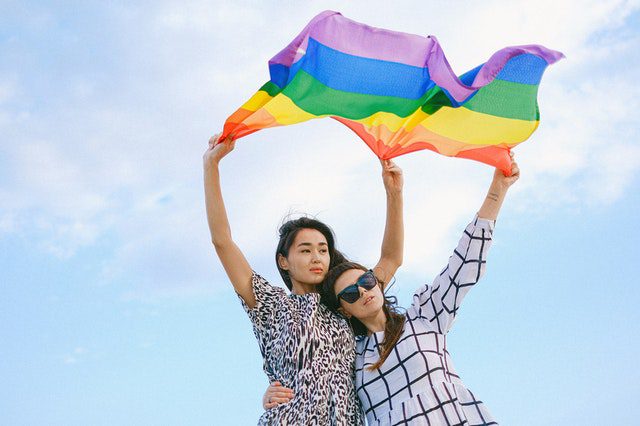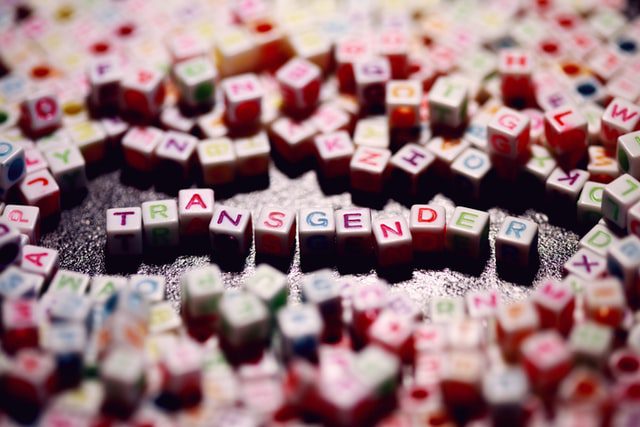
Celebrate Transgender Pride Month
History
June is celebrated in the LGBTQ+ community, all around the world, as Pride month. Whether this is your first pride month as a transgender individual, or you are a transgender and LGBTQIA+ ally, or perhaps simply a gay rights activist, knowing the history behind pride month is important.
Pride Month
Pride month is celebrated in June to pay homage to the Stonewall Uprising that happened in Manhattan and New York, in 1969. The Stonewall Riots are widely considered to be a tipping point in the gay liberation movement.
Police raids in LGBTQ community bars were standard during the 1960s, and in June 1969 one such police raid got out of hand, and the officers became violent at the Stonewall Inn, in New York City. In response to this event, members of the LGBTQIA+ community began a series of demonstrations that are commonly referred to as the Stonewall Riots or the Stonewall Uprising.
These demonstrations attempted to achieve equal justice. People marched for full equality and the right for members of the LGBTQIA+ community to live openly and express their sexual orientation without the fear of getting arrested or assaulted because of it. A year later, on the one-year anniversary of these events, the first pride march took place in New York City, as well as many of the neighboring cities.
In Europe, Pride month commemorates these same events as Christopher Street Liberation Day.
Today, Pride Month is celebrated every year during the entire month of June, to commemorate those lost to hate crimes or HIV aids. It also celebrates the diversity of sexual orientations, genders, identities, and LGBTQIA+ rights all around the world. LGBTQ+ Pride month events attract millions of people each year, and they include anything from a gay pride parade to gay pride marches, from parties to concerts, from workshops to memorials held locally, nationally, and internationally.
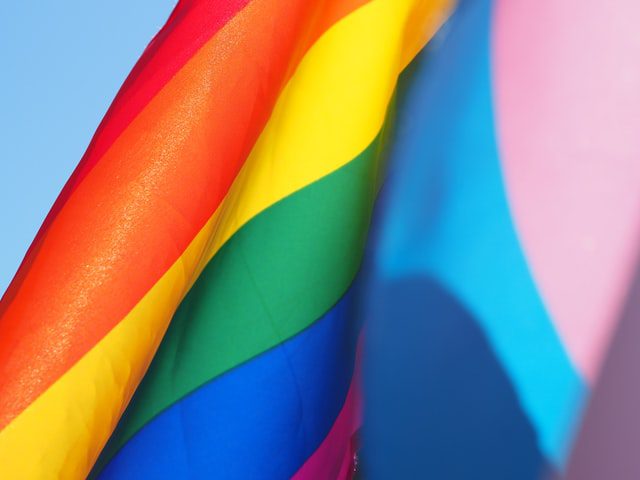
Transgender Pride Flag
Transgender people all over the world celebrate their gender identities during Pride Month.
In 1999, the first Transgender Pride Flag was created by a transgender woman called Monica Helms. Helms is an American citizen and a US Navy veteran. Since transitioning, Helms has been advocating for and supporting trans people all over the world, alongside her wife, Darlene.
She created the flag after a conversation with Michael Page, creator of the Bisexual pride flag, in which he encouraged her to make one of her own. After taking it with her to an LGBTQIA+ pride parade in 2000, people liked it so much that it became used all over the country. It has since been accepted as the official Transgender Pride Flag all over the world.
In 2014, the Smithsonian National Museum of American History accepted Helms’ original flag, and it has been exhibited there ever since. Recently, the iconic rainbow flag has been rebooted to include stripes from this flag to represent transgender people.
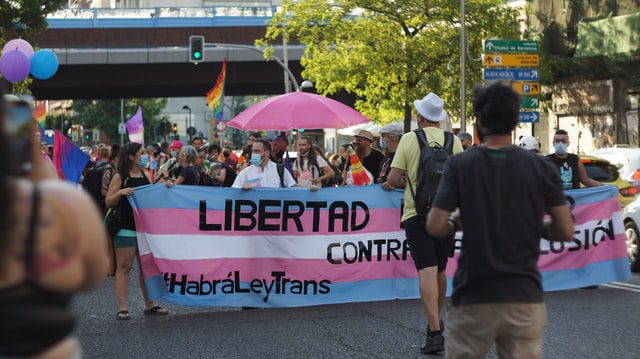
Transgender Pride Flag Meaning
This pentacolor flag is a representation of members of the transgender community. The transgender pride flag is made up of five stripes, arranged horizontally: two pastel blue stripes at the outer edges, two pastel pink stripes, and one white stripe in the middle of the flag.
The light blue stripes are meant to represent the color used traditionally for baby boys, and the light pink stripes represent the color used traditionally for baby girls. The white stripe in the center of the flag represents people who identify as intersex, gender-neutral, transitioning, non-binary or have neutral or undefined gender identities.
The flag is symmetrical on purpose, so that no matter which way someone is flying it, it remains correct. This is to signify the journey in which people search for and find whatever feels right to them as a person.

Ways to Celebrate Transgender Pride Month
Pride Parades
Pride parades are still perhaps one of the most common ways to celebrate LGBTQIA+ pride month. These outdoor events celebrate and stand for the equal rights of all LGBTQ+ individuals, the rich history surrounding the month of June, same-sex marriage or gay marriage, self- and social acceptance.
Many pride parades have been held annually since the 1970s Chicago, New York, Los Angeles, and San Francisco pride parades. In 2019 the biggest Pride parade in history was celebrated in New York- and all over the world.
Pride celebrations like these are a fantastic way for transgender individuals to get involved in the LGBTQIA+ community, meet like-minded people, stand up for what they believe in, and make friends.
Community Pride Events
If you are not comfortable in a large crowd, and you are looking for a smaller or less mainstream transgender pride event, you could opt instead for local community pride events. Larger pride events often come with security or accessibility issues, and to compensate for this, many communities have begun hosting smaller pride celebrations. Some organizations, such as «Reclaim Pride» have also begun hosting smaller celebrations.
You could also host such an event yourself, for a small gathering of your closest friends and family, like-minded people, or other transgender women or men.
Charity
Giving back to the community by supporting organizations that support the LGBTQIA+ community, is a great way of celebrating your transgender pride.
One such organization is OutRight, which in 2020 launched the Covid-19 Global LGBTIQ Emergency Fund, for the sake of helping members of the LGBTQIA+ community that were severely impacted by the Covid-19 pandemic.
Another such organization is GLAAD, an organization dedicated to advocating LGBTQIA+ acceptance and tackling difficult issues within the community. They fight to preserve all the progress that has been made thus far, in terms of LGBTQIA+ rights. They also fight for fair media treatment of transgender individuals.
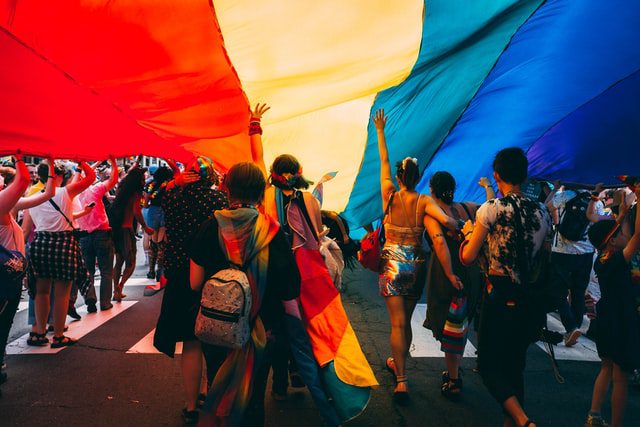
Pride Month FAQs
What does LGBT/LGBTQIA+ stand for?
The acronym LGBTQIA+ stands for lesbian, gay, bisexual, transgender, queer, questioning, intersex, and asexual. The plus represents people in the community who identify as heterosexual and a gender identity they were assigned at birth, who consider themselves avid and active supporters and allies of those in the LGBTQIA+ community. The plus also stands for people who identify as pansexual, or any other gender / sexual orientation not already listed in the acronym.

